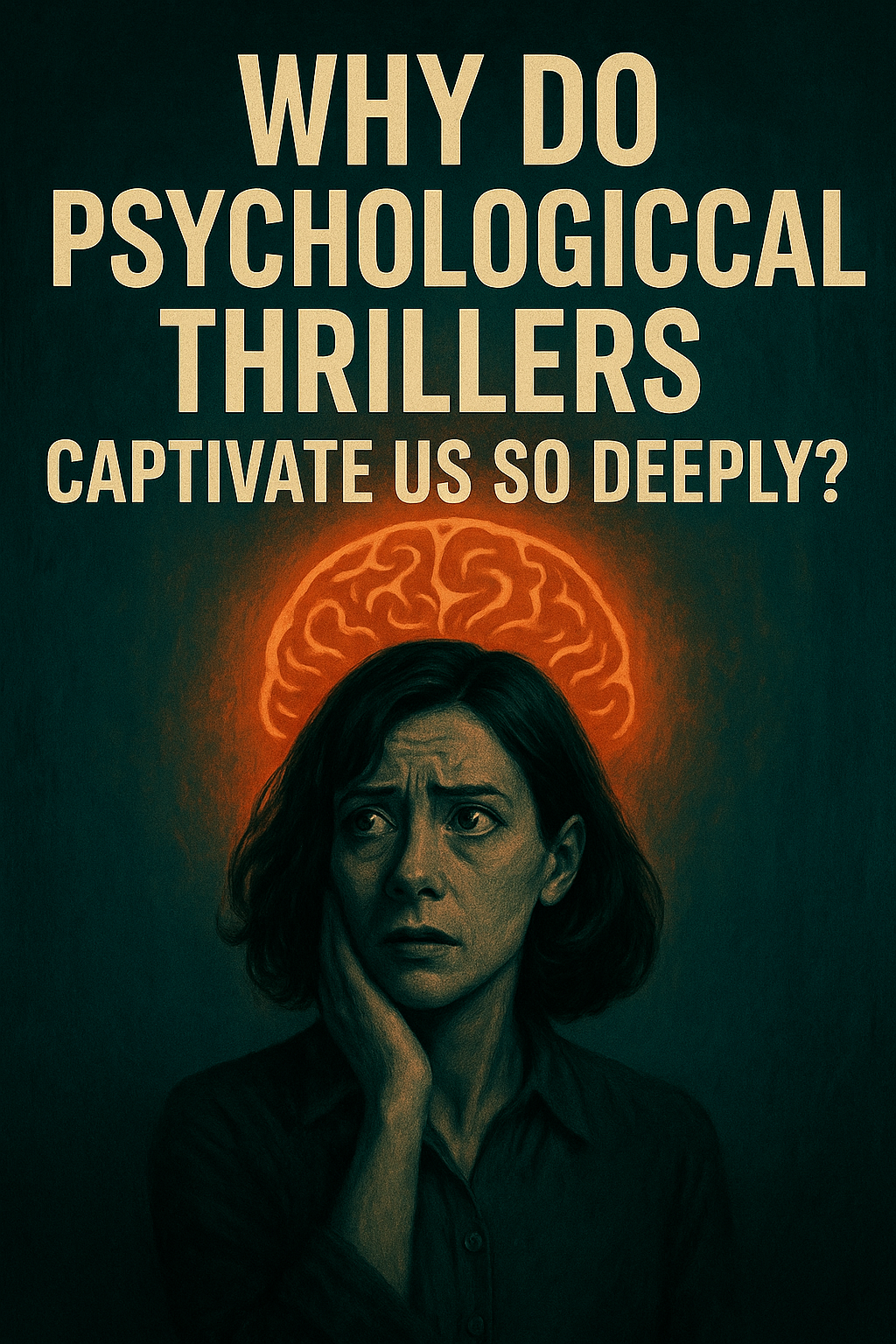Introduction to the Eternal Labyrinth
The concept of the eternal labyrinth has intrigued scholars, writers, and poets for centuries. This intricate structure serves as a powerful metaphor for the complex human experience, symbolizing the tangled paths individuals navigate throughout their lives. Within literary and mythological traditions, the labyrinth represents a space of confusion and mystery, often inhabited by lost souls seeking redemption or understanding. Such narratives not only highlight the labyrinth’s physical complexities but also emphasize its role as a vessel for existential exploration.
As we delve into the exploration of the eternal labyrinth, we will observe how these lost souls traverse its enigmatic corridors in their search for salvation. The labyrinth becomes more than just a mythical construct; it evolves into a space where introspection occurs, and identities are forged against the backdrop of uncertainty. Each winding path taken within the labyrinth holds the potential for discovery and transformation, revealing the deeper truths about the human condition. Thus, the eternal labyrinth invites us to reflect on our own paths and the myriad choices that define our existence.
A Descent into Shadows: The Labyrinth’s Architecture
The labyrinth stands as an imposing structure, defined by its gigantic stone walls that rise like ancient sentinels, imposing a sense of awe and trepidation upon those who venture too close. The interplay of shadow and light creates an atmosphere thick with mystery; the dim moonlight seeps through cracks in the stones, casting elongated shapes that dance eerily along the endless corridors. As one traverses through these passageways, the vastness of the labyrinth becomes palpable, each turn revealing yet another seemingly endless expanse of identical walls that both comfort and confound.
The architecture of the labyrinth serves not merely as a backdrop but as a crucial component in shaping the experience of those who find themselves lost in its depths. The corridors, winding and intertwining, contribute to a feeling of disorientation, evoking a sense of aimlessness that echoes the plight of the souls trapped within. Each architectural element, from the towering walls to the low ceilings, and the occasional archways, fosters an atmosphere filled with foreboding. The design compels wanderers to confront their fears, forcing them to reckon with the labyrinth as a reflection of their own inner turmoil.
The Wandering Souls: Who Are They?
The wandering souls within the Eternal Labyrinth embody a multitude of stories, each reflecting the complexities of human existence. These pale spirits are often depicted as lost and broken, a manifestation of emotional turmoil linked to their past experiences. A common thread among them is a profound sense of regret, stemming from unresolved issues or unfulfilled dreams. For some, these lost souls represent those who faced untimely deaths or unresolved traumas, compelling them to navigate the maze in search of closure or redemption.
Throughout their journey in the labyrinth, the emotional states of these spirits fluctuate dramatically. Many exhibit a palpable sadness, characterized by a longing for connections they have severed, while others reflect anger or despair over life choices and circumstances. These emotions enhance the labyrinth’s eerie atmosphere, reinforcing the idea that the somber landscape is not merely a setting but an embodiment of their internal struggles. The wandering souls serve as a poignant reminder that failure to confront lingering emotions can bind one to a cycle of continuous suffering.
Importantly, each spirit’s journey through the maze is symbolic of an individual’s quest for salvation. The haunting experience of wandering reinforces the notion that understanding and reconciling with one’s past are essential for moving forward. As they traverse the labyrinth, these souls face myriad challenges, prompting moments of reflection that are integral to their eventual liberation. This journey is not merely about wandering aimlessly; it signifies the necessary confrontation with their inner demons. Ultimately, the experience of these wandering souls emphasizes the importance of introspection, illustrating that true salvation often requires navigating the darkest corners of one’s existence.
The Mysterious Flora: Glowing Flowers of the Labyrinth
Within the depths of the Eternal Labyrinth lies a remarkable botanical wonder that has captivated the souls who wander its paths. The glowing flowers, which manifest in ethereal blue and silver hues, are not only visually enchanting but also rich in symbolism. Their luminescence offers a striking contrast to the despair experienced by those who traverse this enigmatic realm, providing a beacon of hope amid their profound solitude and uncertainty.
Scientifically, these flowers may represent a form of bioluminescence, a phenomenon observed in various organisms, including certain algae and fungi. Some researchers posit that the glowing properties could stem from biochemical reactions that occur under the unique conditions of the Labyrinth, such as soil composition, moisture levels, and the absence of sunlight. This presents an intriguing avenue for both botanists and mythologists to explore the potential ecological significance of these luminous plants, questioning how they might adapt to thrive in an environment shrouded in mystery.
Mythologically, the glowing flowers have been imbued with various meanings throughout the ages. They are often seen as symbols of hope, rebirth, and the resilience of life, even in the face of overwhelming darkness. Across various cultures, such flowers are typically associated with guiding lost souls towards a path of enlightenment or salvation. This belief raises questions about their potential roles in the narratives constructed around the Eternal Labyrinth. Could these beautiful yet elusive blooms serve as conduits for the souls to transcend their current plight, connecting them to a greater cosmic purpose or destiny?
As one contemplates the origins and inherent qualities of the glowing flowers, it becomes evident that they embody a dichotomy of despair and hope, challenging the perceptions of beauty in seemingly hopeless circumstances. The flow of life persists in the Labyrinth, urging both the wandering souls and the viewers of this ethereal spectacle to reflect upon their own journeys and the beauty that may rise from moments of darkness.
The Heart of the Labyrinth: The Ancient Stone Tower
At the core of the eternal labyrinth stands the ancient stone tower, a monumental structure that commands attention and respect. Built from timeworn granite, its weathered façade is a testament to the epochs it has withstood. Rising majestically against the backdrop of swirling mists, the tower is adorned with intricate carvings that depict long-forgotten tales of heroes and lost souls, emphasizing its rich history. Each stone seems to whisper secrets, beckoning the curious to uncover the mysteries hidden within its walls.
Surrounding the tower are ethereal circles, their luminous glow casting an otherworldly light across the desolate grounds. These magical circles, pulsating with energy, serve as both a protective barrier and a signpost for wanderers seeking enlightenment. The soft luminescence creates a stark contrast against the darkness of the labyrinth, illustrating the tower’s pivotal role as a beacon of hope among the chaotic pathways. This vibrant illumination draws the weary traveler closer, promising knowledge and salvation, yet hints at the peril that lies within.
The architectural design of the stone tower is not merely aesthetic; it embodies the very essence of the labyrinth itself. Its spiraling structure represents the complex journey of the lost souls who venture into its depths, each level symbolizing a phase of introspection and revelation. The apex of the tower is often shrouded in clouds, reinforcing the idea that achieving the highest enlightenment requires navigating through uncertainty and fear. As one approaches the tower, the atmosphere thickens with a sense of reverence and anticipation, inviting deep contemplation about the balance between knowledge and danger.
The ancient stone tower stands as a powerful symbol within the labyrinth, enticing those who dare to explore its depths while serving as a reminder of the thin line between wisdom and folly. It encapsulates the pivotal themes of the narrative, setting the stage for encounters that will test the very essence of those who seek its truths.
The Magical Circles: Portals to Salvation?
In the heart of the eternal labyrinth lies a series of glowing circles that radiate ethereal light, captivating the attention of both lost souls and wandering explorers. These circles, often referred to as magical portals, serve as more than mere decorative features; they are believed to possess unique properties that can influence the very fate of those who dare to interact with them. The enchantment surrounding these circles prompts a deeper inquiry into their function within the labyrinth’s complex tapestry.
The magical circles are characterized by their vivid luminescence and intricate designs, which seem to pulse in harmony with the movements of the souls traversing the labyrinth. Each circle appears to resonate with a different frequency, possibly correlating to varying paths in the labyrinth that can lead to potential salvation or further entrapment. Some scholars theorize that these portals may act as conduits, channeling energies necessary for the lost souls to confront their past transgressions and seek redemption. Furthermore, the journey across these circles may symbolize a soul’s personal pilgrimage toward enlightenment.
However, the true nature of salvation within the labyrinth remains a topic of considerable debate. What exactly does it mean to achieve salvation? Is it the mere release from the cyclical torment of wandering through the maze, or does it encompass a more profound understanding of oneself and the acceptance of one’s flaws? The magical circles challenge the notion of a straightforward escape, suggesting that the quest for salvation perhaps lies not in physical liberation, but in an introspective journey facilitated by these enchanted portals. Through this lens, the glowing circles represent a crucial juncture in the labyrinth, suggesting that the path to salvation is ultimately a reflection of one’s inner struggles and desires.
The Journey Within: Themes and Symbolism
The narrative of “The Eternal Labyrinth: Paths of the Lost Souls” is rich with themes and symbolism that resonate deeply with readers. Central to this exploration is the concept of redemption, which emerges as a pivotal theme throughout the story. Characters navigate their own labyrinths, facing their past mistakes and seeking forgiveness, both from themselves and others. This journey toward redemption reflects a fundamental human desire to overcome adversity and find peace within chaotic lives.
Another significant theme portrayed is loss. The labyrinth serves as a poignant reminder of the paths not taken and the relationships that have transformed or faded. Through various encounters, the characters experience loss on multiple levels—be it personal, relational, or existential. This multifaceted representation encourages readers to confront their own experiences of loss and to recognize the resultant emotional scars that may require healing.
The search for purpose is woven throughout the narrative, intricately linking the characters’ journeys through the labyrinth. This quest symbolizes the universal human condition of striving for meaning amidst confusion and despair. As characters traverse the winding paths, their internal struggles mirror the external landscapes, reinforcing the notion that our inner conflicts often dictate the directions we take in our lives. The labyrinth itself embodies this search for purpose, emphasizing that life’s complexities can lead to profound personal growth if navigated with intention.
Ultimately, the labyrinth becomes a powerful metaphor for internal struggles. It invites readers to reflect on their interactions with the since intricacies of their own lives. By grappling with themes of redemption, loss, and purpose, the narrative fosters an environment conducive to introspection, encouraging individuals to unravel their own labyrinthine paths toward self-discovery and growth.
The Role of Light and Shadow: The Labyrinth’s Duality
Within the Eternal Labyrinth, the interplay of light and shadow serves as a profound metaphor for the journey of lost souls. The dim moonlight filtering through twisted branches and high stone walls casts long, ominous shadows that dance upon the ground, creating an atmosphere steeped in both mystery and fear. This duality plays a crucial role in shaping the experiences of those who traverse the labyrinth, as each flicker of light evokes a sense of hope while each encroaching shadow captures the essence of despair.
The soft luminescence of moonlight can illuminate the paths ahead, enticing the souls to explore further. Yet, it also heightens their awareness of lurking dangers grounded in the unseen. This ambiguous relationship between light and darkness embodies the conflicting emotions the lost souls experience—hope juxtaposed with uncertainty. Light becomes a guiding force, yet its scarcity accentuates the depth of shadows, underscoring the perilous nature of their journey.
Moreover, the labyrinth’s design itself harnesses the power of light and shadow to enhance the psychological intricacies of its environment. Shadows can embody memories of past traumas or fears that haunt the souls, while the occasional beam of light may serve as a reminder of clarity and resolution. This delicate balance invites introspection, urging souls to confront their inner turmoil—bringing forth buried emotions that the light either reveals or obscures.
Ultimately, the duel of light and shadow in the Eternal Labyrinth not only enriches the physical landscape but also mirrors the inner struggles present within each soul. It compels them to navigate not only the winding paths but also their emotions, making the labyrinth a compelling arena for exploring the depths of the human psyche.
Conclusion: The End of the Labyrinth or a New Beginning?
As we reflect on the myriad journeys undertaken by the lost souls within the eternal labyrinth, a profound question emerges: is the arrival at the ancient stone tower the culmination of their struggles, or does it signify the dawning of a new chapter in their eternal sojourn? Each path traversed by these souls unveils a tapestry of experiences, trials, and revelations, inviting us to ponder the nature of our own life journeys. The labyrinth, with its intricate twists and turns, serves as a metaphor for the challenges faced in life, where each decision leads to further complications, yet also offers opportunities for growth.
The ancient stone tower stands as a symbol of hope and clarity, representing the potential for redemption and understanding. Upon reaching this destination, the souls may find not an endpoint, but rather a pivotal moment of transformation. It raises the notion that every journey, no matter how convoluted, is imbued with significance and instructive value. The souls’ experiences serve as a reminder that the challenges we encounter are integral to our personal development. Just as they navigate the labyrinth, we too must confront our own paths, embracing the lessons learned along the way.
Ultimately, whether the ancient stone tower marks the closure of a chapter or the inception of a new voyage is contingent upon perspective. Each soul’s journey is unique, laden with meaning that reflects their inner struggles and aspirations. It encourages readers to consider their experiences, fostering a deeper understanding of life’s complexity. The eternal labyrinth thus does not merely serve as a pathway of lost souls; instead, it inspires contemplation about our journeys and the perpetual evolution that accompanies them. In this way, the labyrinth becomes a profound teacher, revealing insights that can elevate one’s existence.



